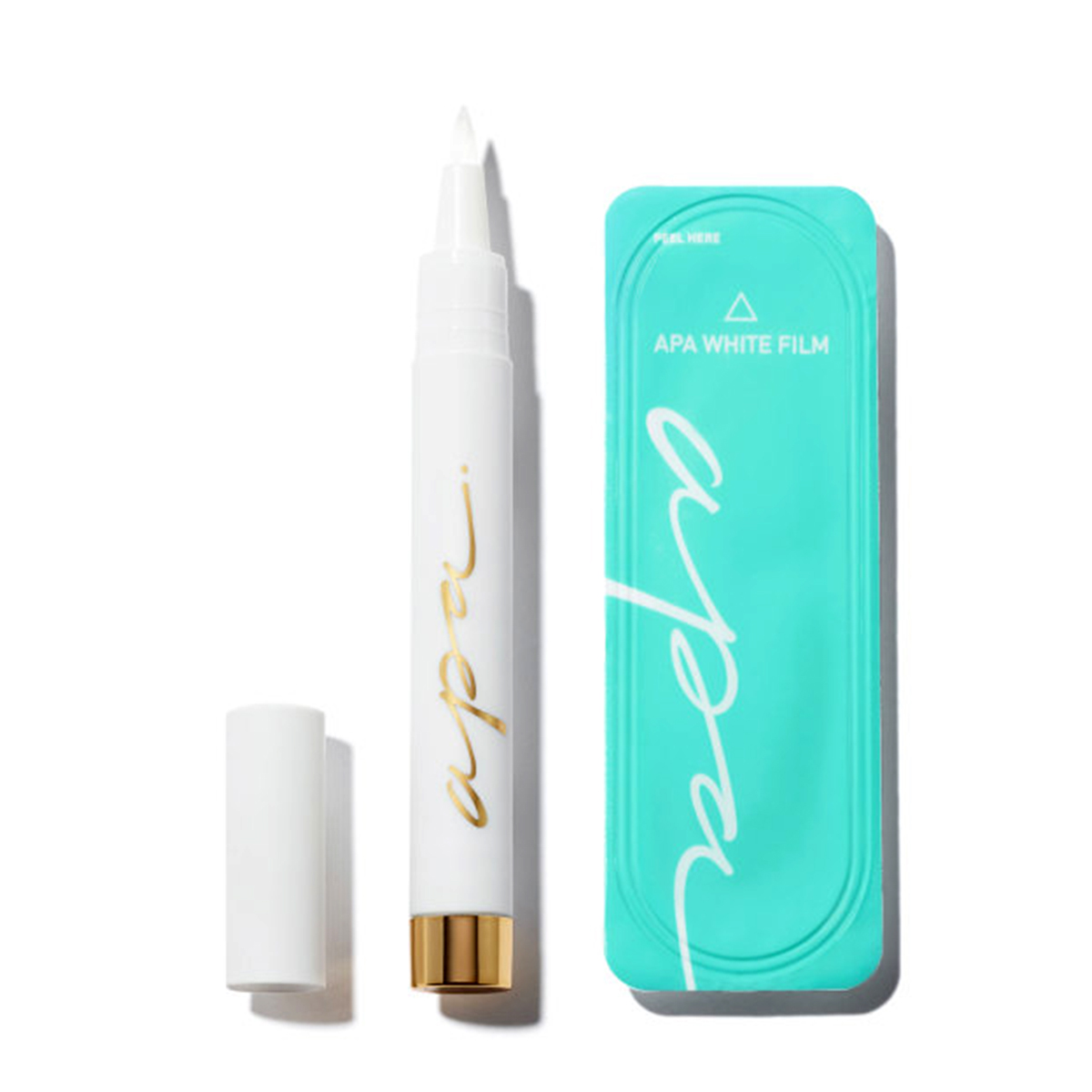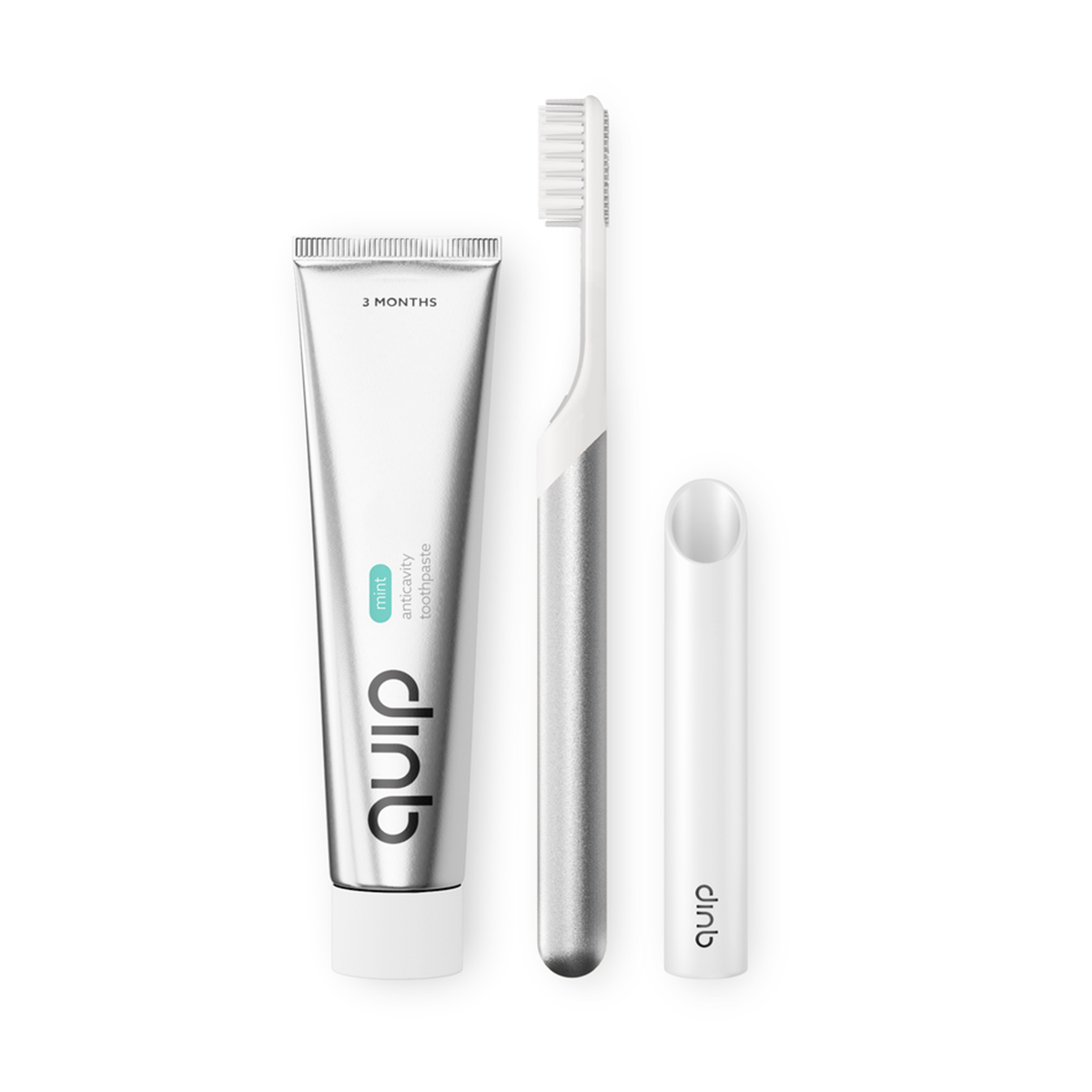A Celebrity Dentist Told Us Everything We Ever Wanted to Know About Whitening

Here's the thing—the likelihood of having stained or yellow teeth is kind of inevitable. After all, most of us have some kind of vice—be it coffee, tea, wine, or, eek, even smoking—and many of us have better things to be doing than brushing our teeth every other second or spending gobs of money on teeth whitening treatments. But here's the other thing, almost everyone I know covets a whiter and brighter smile. Perhaps, it comes down to a deep-seated evolutionary need. After doing some research, I discovered "chew sticks," aka what people back in 3000 B.C. used and munched on in order to rid their teeth of stain-inducing particles. Don't you just love learning something new every day? Anyway, back to the point at hand: whitening tips.

These days, you can walk into almost any beauty retailer—from Walmart to Violet Grey to Sephora—and you'll notice an onslaught of oral hygiene products all geared toward whitening and smile-perfecting. Be it gel-laden pens, fancy-schmancy toothbrushes, or actual whitening systems, oral hygiene and beauty have officially collided. But, do these at-home whitening treatments truly work? Are they comparable to the professional treatments you'd receive in-office in the care of an actual dentist? I wanted the lowdown.
Enter, Matt Nejad, one of the most in-demand dentists in the country, teeth perfector to some very cool celebrities I'm not allowed to name, and renowned for his advanced biomimetic and cosmetic dentistry expertise. Impressed yet? After meeting Nejad in person and visiting his very chic dental practice, Helm-Nejad-Stanley in West Hollywood, I immediately knew I had to ask him for all his best whitening tips. Ahead, what works, what doesn't, and what you should or shouldn't expect from a variety of whitening trends and products. Plus, he's also setting the record straight on some popular whitening misconceptions. Keep scrolling!
Myth #1: Whitening Your Teeth Isn't Safe
As Nejad explains, if done properly, teeth whitening is extremely safe and bears basically zero risk to your health or the integrity of your teeth. Of course, if you overdo it and use too high concentrations of whitening gel, you may make your own bed regarding sensitivity, pain, or even potential root canals, but let's be clear: That's not the norm.
"Some whitening methods recommend using something acidic or abrasive to remove the surface layer of your enamel," warns Nejad. "However, this is not recommended and all safe whitening methods do not rely on removing from the teeth, but rather changing their color only."
Myth #2: Results From Whitening Are Only Temporary
One of the most common misconceptions about teeth whitening is how fleeting the results are. But again, it's not the whitening treatment that's fleeting; it's probably your maintenance plan—or lack thereof.
As Nejad explains, a whitening treatment (wether done at home or in-office) will truly change the color of your teeth, but if you neglect your oral hygiene habits and drink all the wine, coffee, and other stain-instigating foods you want, your teeth will, obviously, re-accumulate stains fast and furiously.
"Just like if you were to bleach a T-shirt, it will get stained and discolored over time if you don't clean and maintain it properly," Nejad explains. "The reality is whitening produces permanent changes of color, however, maintenance is required to not only keep the teeth this color but to also counteract staining for extended periods of time."
Myth #3: Your Teeth Can't Get Any Whiter Than Their Original Natural Color
"Again, whitening will truly change the color of your teeth—it is much more than just removing a stain," clarifies Nejad. "When you first start whitening, the surface stains are the first thing to be removed. However, as you continue to whiten you're actually changing the color of the tooth to become lighter and lighter." Eventually, he says, you'll achieve a smile that is much lighter and brighter than it ever was originally.
The Best At-Home Whitening Treatments:
Whitening Strips
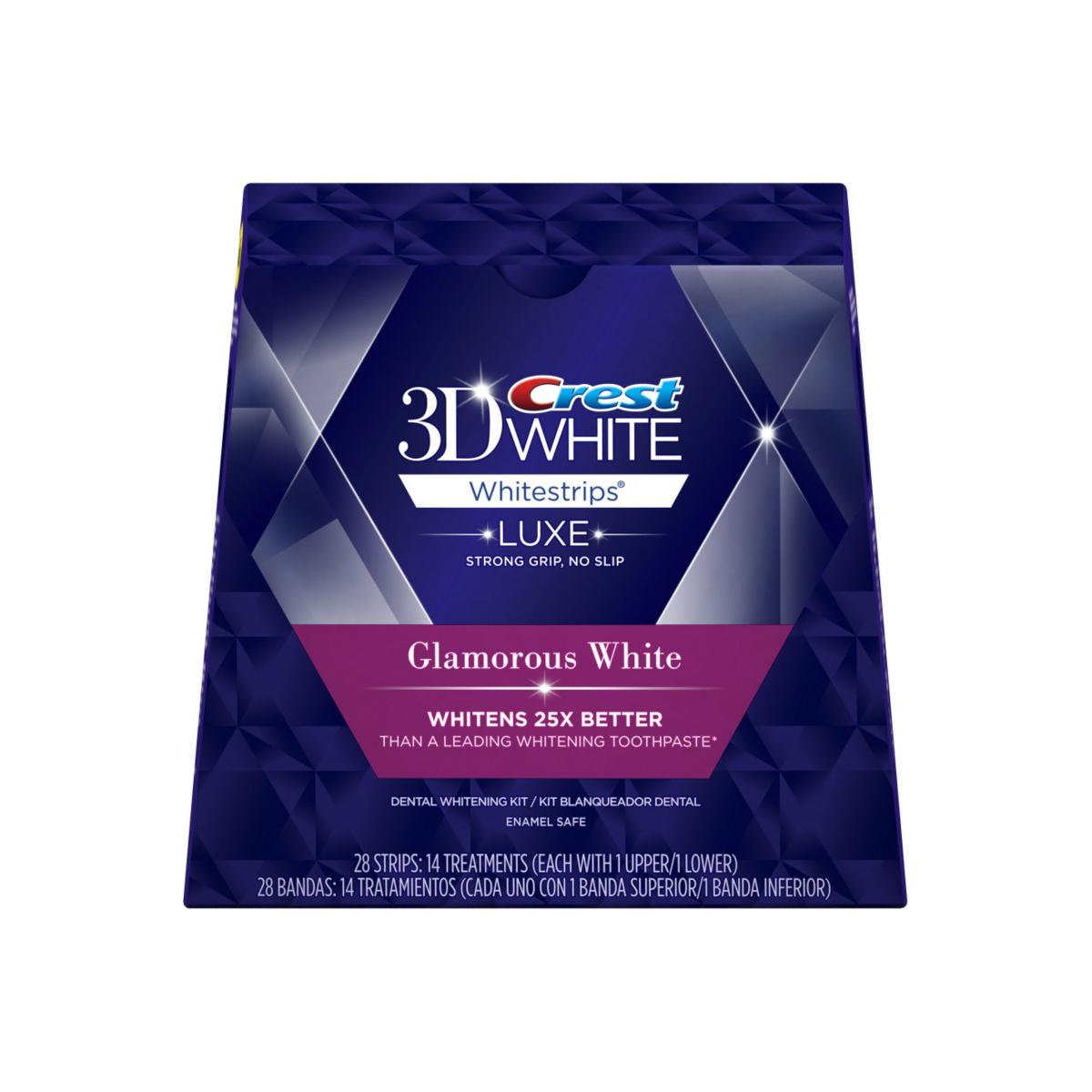
Let's be clear—there are lots and lots of purported whitening products on the market, but according to Nejad, there are only three at-home whitening methods he deems as both safe and effective. And no, charcoal toothpaste did not make his list. First up? Whitening strips.
"Whitening strips contain hydrogen peroxide, which is an effective whitening agent and generally produces good results," he tells us. "My only complaints are they are not extremely effective at getting in between the teeth and they do not necessarily cover enough teeth or go far enough back to get a truly seamless result." That said, if you're in a pinch or can't afford a more expensive method of whitening, strips get Nejad's expert seal of approval.
Whitening Mouth Rinses
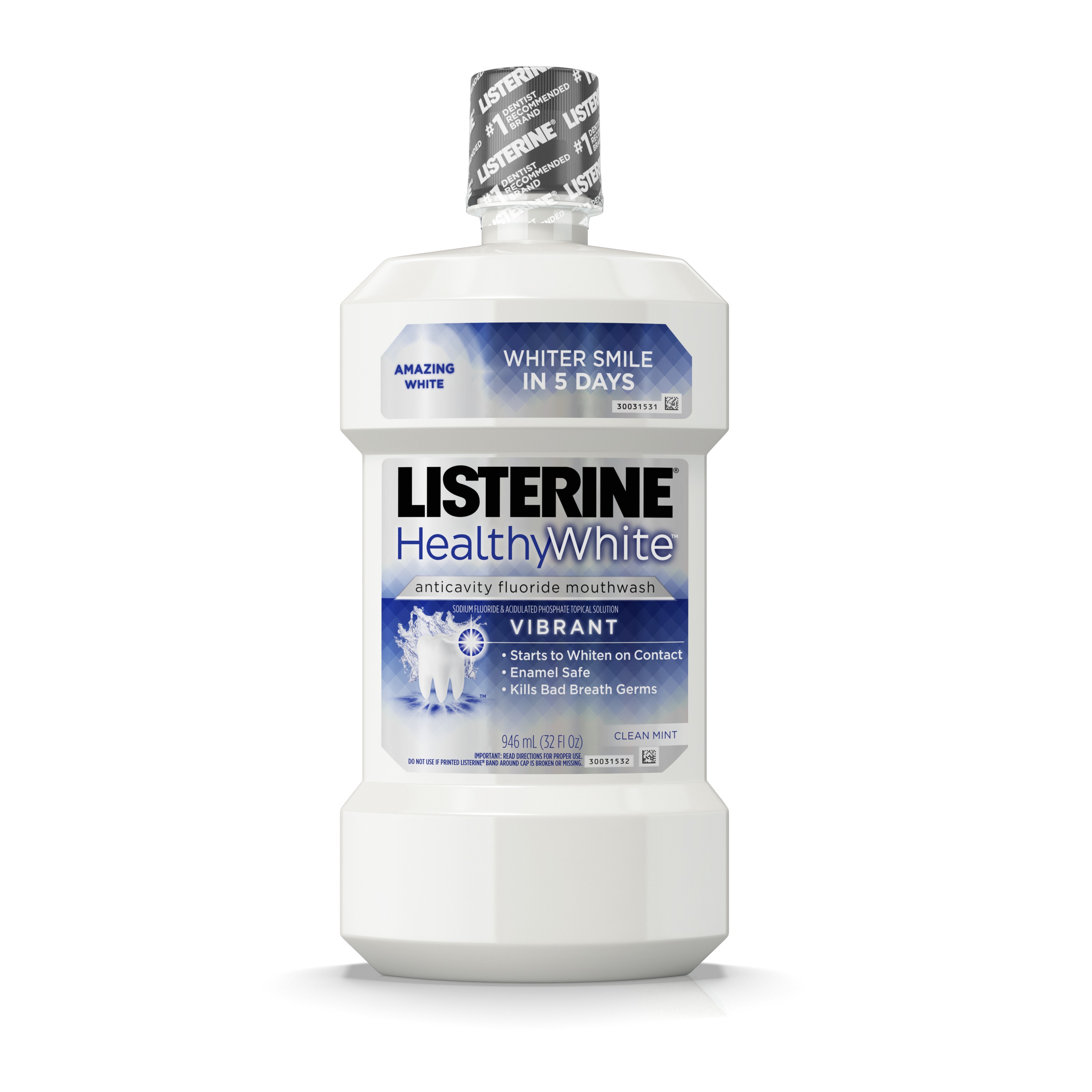
Like whitening strips, a mouth rinse formulated to whiten will also contain hydrogen peroxide as the main active ingredient, explains Nejad. This option is an especially great solution for those who consistently sip stain-inducing beverages like tea or coffee since the peroxide can easily get into the nooks and crannies of the teeth, unlike whitening strips. His one caveat? Don't overdo it by swishing every day, as it's best to avoid aggressive, longterm exposure of hydrogen peroxide to the sensitive tissues of your tongue and gums.
Custom Whitening Trays
Okay, so you can't purchase customized whitening trays over the counter, but getting them specially made and customized by your dentist (so you can wear them effortlessly at home) is the third and last at-home whitening method Nejad recommends to his clients. (Just be sure to go to someone who has experience and who you trust as quality and expertise is everything with these!)
"What I really like about these trays is that they allow you to whiten as needed and they allow you to use a low concentration of whitening gel for a longer amount of time, like while you sleep," Nejad elaborates. "This way, you're able to effective results extremely safely. Plus, the trays help keep the gel on your teeth without straying as much to the softer, more delicate tissues."
What To Know About In-Office Treatments:
According to Nejad, all in-office whitening treatments still use hydrogen peroxide or a variation known as carbamide peroxide to whiten your teeth. But, and this is a big but, the concentrations that a particular dentist or treatment utilizes will vary, which will directly impact your whitening results. For instance, I've personally received multiple in-office whitening treatments that have yielded lesser results than the strips I pick up at the drugstore—you've been warned!)
"Compared with over-the-counter strips, these in-office concentrations can vary from low to high," Nejad confirms. "There are a variety of techniques that also involve using a light to activate the gel, but the science on this subject is clear—the light does NOT enhance the effectiveness or results of the gel."
As Nejad explains, receiving the maximum or super-high concentration of a whitening gel can definitely boost the brightness of your teeth, but it can lead to complications such as sensitivity or discomfort in some patients. Plus, you need multiple sessions for truly noticeable results.
"If you opt for an in-office whitening treatment, you should plan for three to five sessions over the course of a few months, and the cost will vary between $300 to $1000 per session, depending on treatment time, location, and the experience of the professional," he says. "On the other hand, custom trays can be made for the same price as just one session and they can be used repeatedly from the comfort of your own home. Plus, refills are significantly less costly at $50 to $100 for a larger number of applications."
The Worst Products Lifestyle Habits for White Teeth:
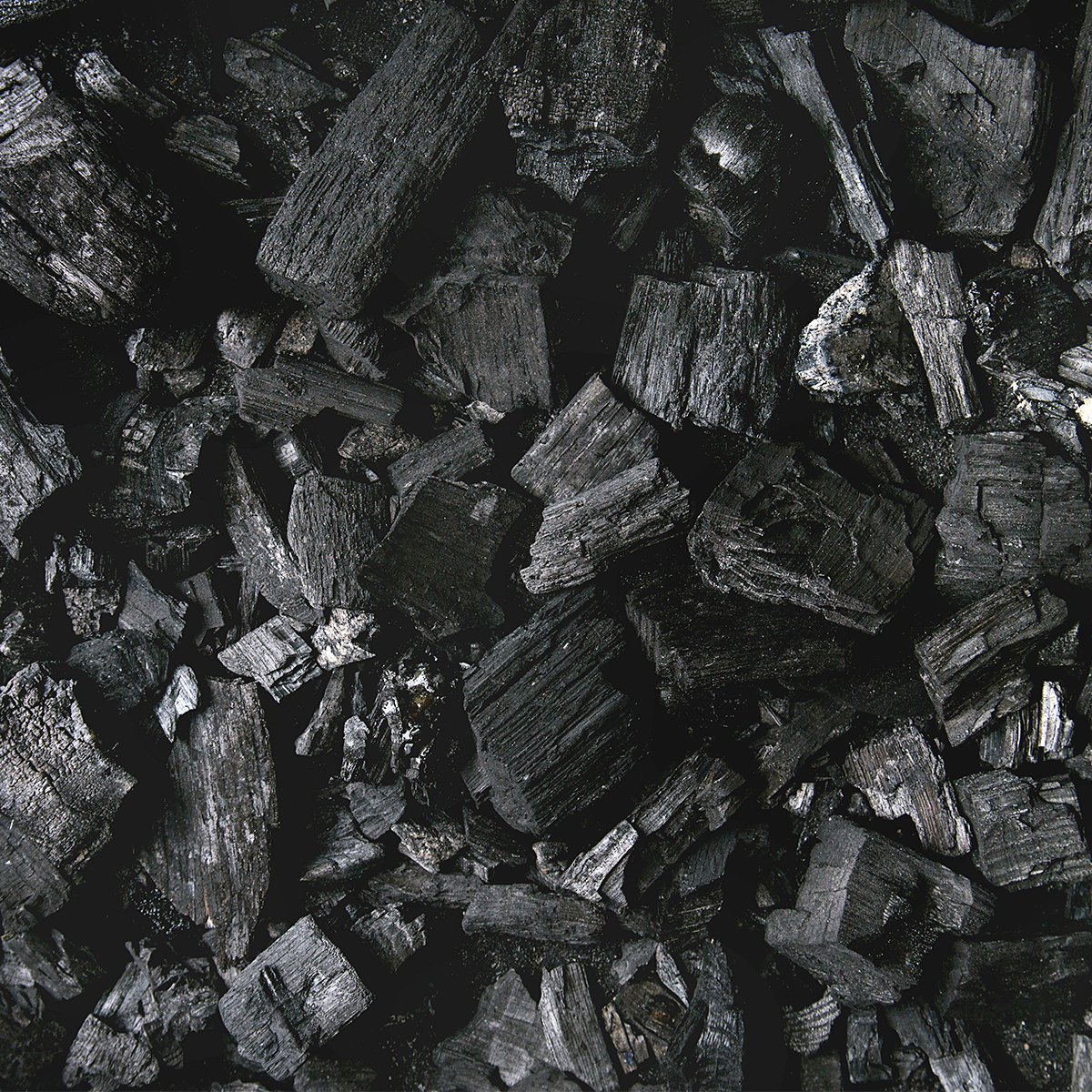
Even though charcoal has been having a major moment across both the wellness and beauty industries, it has no business in your oral hygiene routine. (Sorry!) When I asked Nejad about the most overhyped or gimmicky whitening products, he said ones that contain charcoal are the worst offenders.
"These products claim to whiten your teeth, however, they are only good at removing mild surface stains and they do not actually whiten the color of your teeth," he explains. Plus, he points out that many of these are not regulated, and charcoal can be extremely abrasive and might actually break down and remove your healthy enamel, which you definitely don't want.
"I have had a lot of patients use these products, and they all agree that there were no significant whitening results," he reports."Typically, lifting the surface stains from your teeth is considered maintenance, however, to truly whiten your teeth, you need a chemical agent that is able to bleach or oxidize the color of your teeth in order to make them whiter." In effect, charcoal products are all smoke and mirrors.

This probably won't come as a huge surprise, but drinking stain-inducing beverages like coffee and tea on the regular definitely isn't doing your whitening efforts any favors, so trying your best to avoid them is a good strategy when it comes to maintaining results or staving off yellowing. Or, if you can't kick the habit, Nejad says to try drinking from a straw and/or rinsing your mouth after imbibing as it will help minimize the amount of time your teeth are coated in whatever it is you just drank.
Up next: 5 Haircuts That Will Trick People Into Thinking You Have 3 Times More Hair

Erin has been writing a mix of beauty and wellness content forBest Knockoff Luxury Clothing for over five years. Prior to that, she spent two and half years writing for Byrdie. She now calls Santa Monica home but grew up in Minnetonka, Minnesota, and studied writing, rhetoric, and communication at University of Wisconsin, La Crosse. She studied abroad in Galway, Ireland, and spent a summer in L.A. interning with the Byrdie andBest Knockoff Luxury Clothing family. After graduating from UW, she spent one year in San Francisco, where she worked as a writer for Pottery Barn Kids and PBteen before moving down to L.A. to begin her career as a beauty editor.
